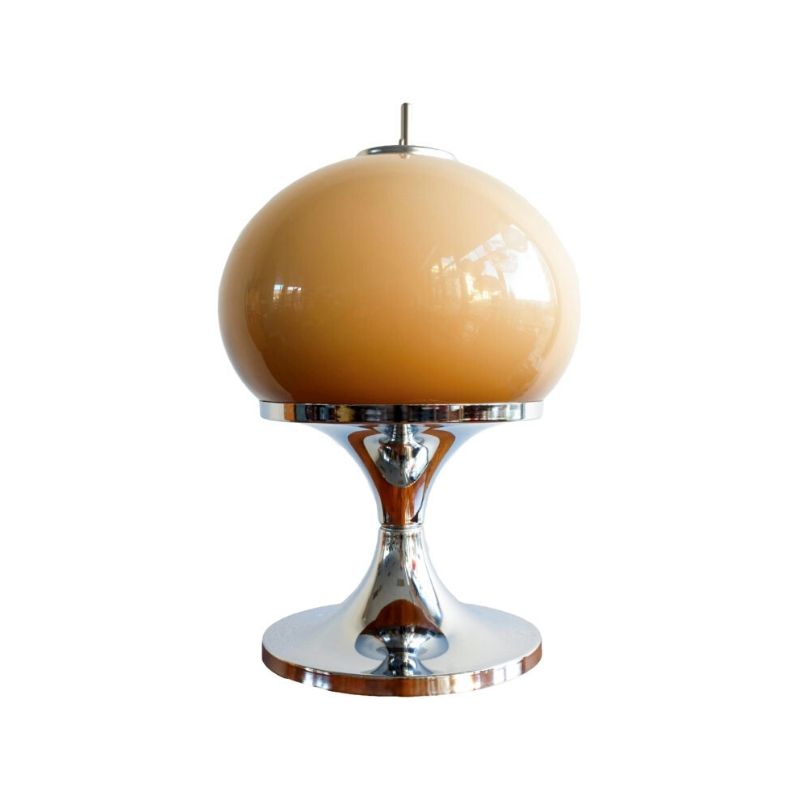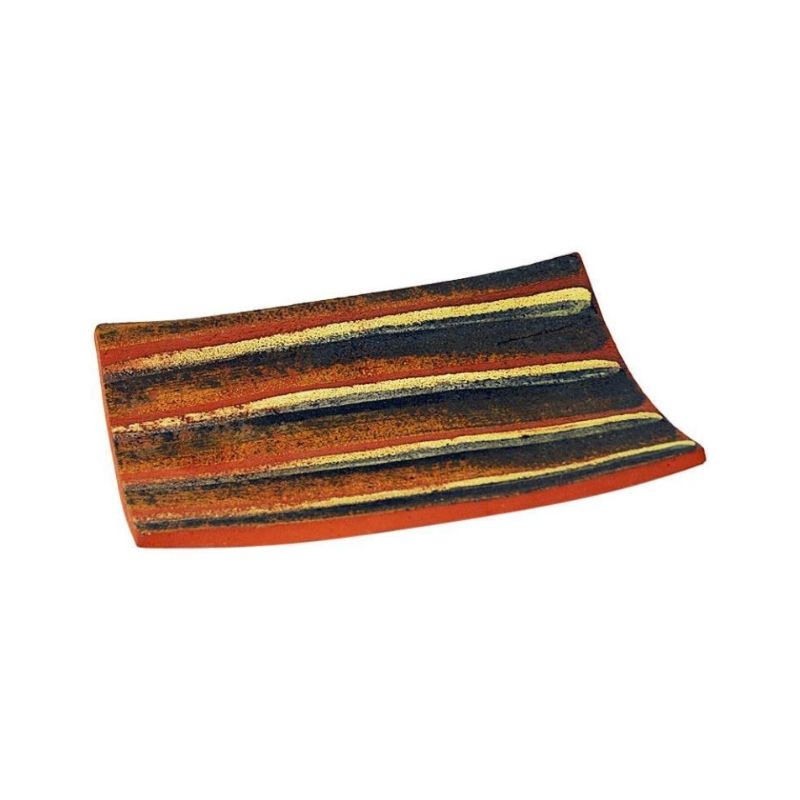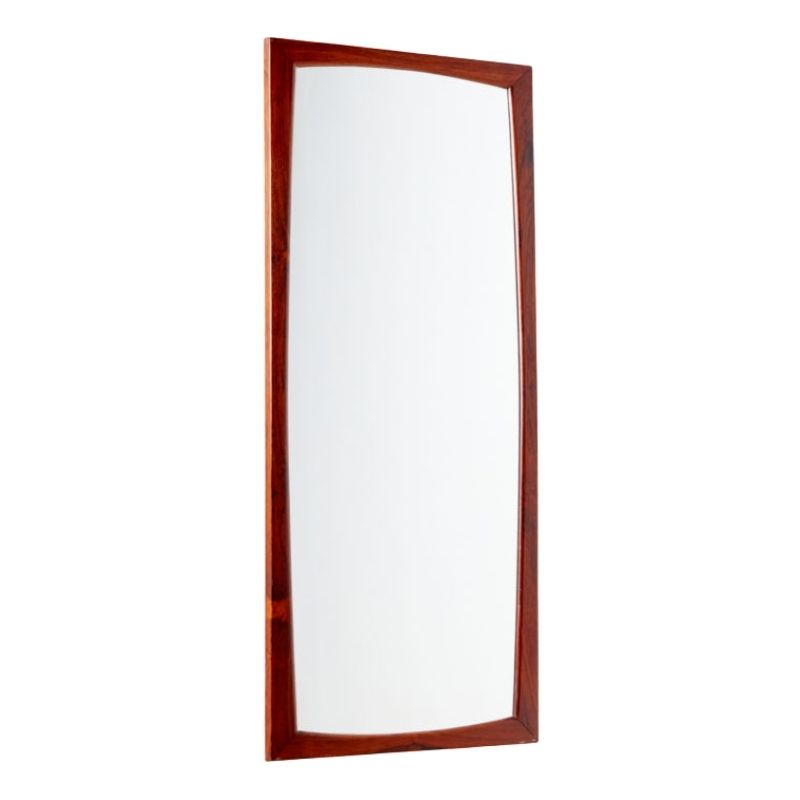This is a solid teak Johannes Aasbjerg dresser. It lost it legs somewhere, so I will be re-making those. Fortunately I have the exact same legs on my sideboard for exemplars. It was outdoors in the desert under a tarp in humidity from near 0 to 80 percent in the monsoon season and temperatures from 5F to 105F. Brutal. Some of the slabs of teak have come unstuck, and one has split down the middle.
So I am disassembling it, re-gluing it, and re-assembling it. This is a special treat with such a fine piece of furniture.
 <img class="wpforo-default-image-attachment w
<img class="wpforo-default-image-attachment w
I just cleaned out the split, and observed a couple of things:
1. I believe the split is a pre-existing condition. It appears the tree partially split open along this line (perhaps wind stress). The tree then appears to have filled the split in with its own sap/resin, which is very dark and has crystallized a bit. And then the misfortune of a mortise precisely in the middle of the area and the mistreatment caused the split to fully open up.
2. I clean the break and I believe it can be clamped tight enough for gluing. Maybe...
Leif, I think the splits may have been at least partly caused by differential expansion/contraction of the carcase components. If you close the gaps, the dovetail joints may not fit together again and forcing them may only cause them to reopen or new ones to occur.
The splitting is cosmetic only and shouldn't have any detrimental structural effect. I suspect you might be better off filling them with strips of veneer rather than trying to close them. And use hide glue.
Tktoo, you are absolutely right that some of the places where the glue joints have separated are strictly cosmetic. And they were caused by expansion and contraction. These joints are still quite sound. And there are a couple where the board has bent maybe a 1/32" and I doubt I could clamp it closed even if I wanted too. I like the idea of filling the gaps with veneer. There is one glue joint that was cleanly separated on taking the case apart.
The one other "pre-existing" split through the teak is a different story. It needs structural repair.
And Aasbjerg used hide glue originally in the construction of the piece. The laminations are definitely done with hide glue. The hide glue is visibly dark. And I think the dovetails are also glued with hide glue, although it is possible it is PVA glue. There just isn't much glue inside the dovetails because they are so tight.
If the piece were, as you said, exposed to long periods of temp/RH extremes, then it's no surprise that a glued edge joint might fail. If there was a gap present there before you disassembled the carcase, you probably will need to make up that dimension with a filler strip, too.
There's lot's to read on hide glues, but you can keep it within reason. I use glass jars in an old pan of water on a hot plate. And sometimes even the Titebond stuff in a bottle for small repairs. I don't recommend anything else on good furniture. One reason the best pieces survive is that they were made with future repairs in mind. Someday, a yet-to-be-born restorer will thank you.
I see lots of test-fitting of those dovetail joints in your future! i guess you should probably try to remove as much old glue residue as possible first. Hot water and a toothbrush and maybe a little improvised scraping tool like a dull X-Acto should do it.
You seem like a patient and thoughtful type, Lief. I have every confidence that you will figure it out as you go and that the result will be worth your effort.
If you need any help, please contact us at – info@designaddict.com










